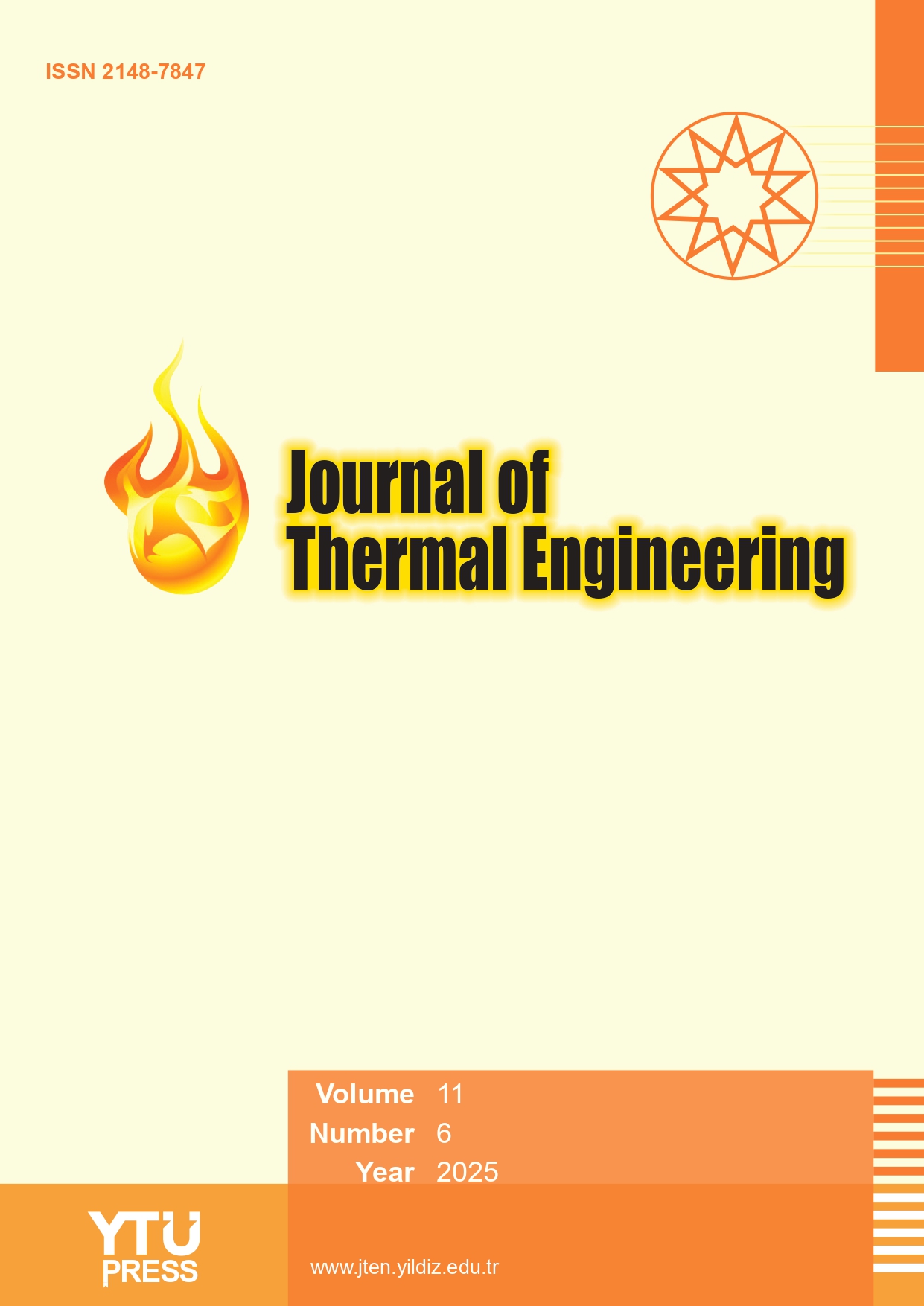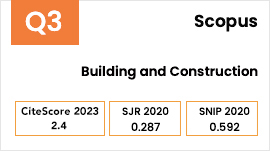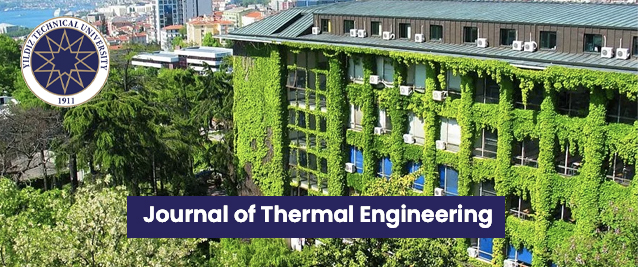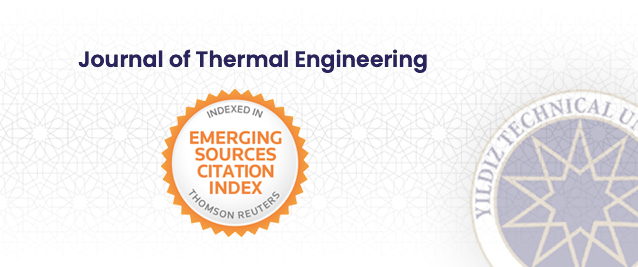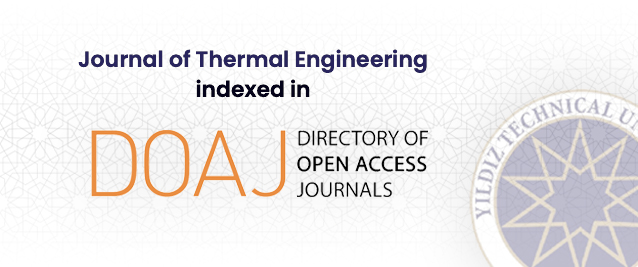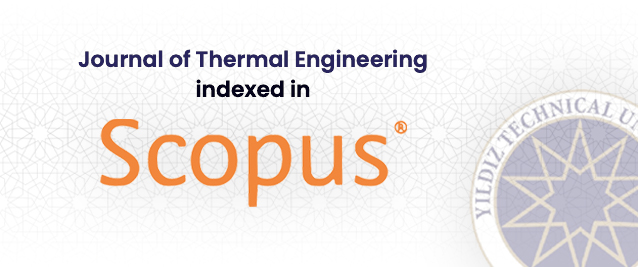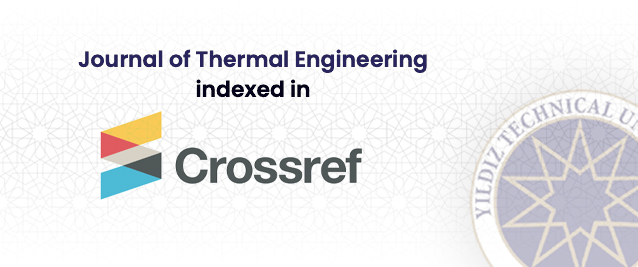2Department of Mechanical/Biomedical Engineering, Bells University of Technology, College of Engineering, Ota, 112104, Nigeria
3Department of Mechanical and Mechatronics Engineering, Afe Babalola University, Ado-Ekiti, 360102, Nigeria
4Department of Mechanical Engineering, Taif University, College of Engineering, Taif, 21944, Saudi Arabia
5Department of Chemical Engineering, Covenant University, College of Engineering, Ota, 112233, Nigeria
6Department of Mechanical Engineering, University of Ibadan, Ibadan, 200005, Nigeria
Abstract
Lack of suitable power supplies and storage facilities are major contributors to post-harvest loss of fruits and vegetables in low- and middle-income nations. The problem of food security can be greatly alleviated by solar-powered cooling systems that store agricultural produce in a decentralized manner. In addition to decreasing food loss and waste, this approach promotes green economic growth by lowering greenhouse gas emissions. In view of this, a direct active solar-powered evaporative cooling system is developed and its performance was assessed. In this investigation, the temperature and humidity within the evaporative cooling system were recorded using a Floureon RC-4HC data logger. The data logger was configured to capture data every half an hour for six to seven hours. The wet and dry bulb temperatures of the surrounding area were recorded using a combination wet bulb and dry bulb hygrometer. To determine the relative humidity values, a psychometric chart was utilized in conjunction with the hygrometer data. To measure the air velocity entering the evaporative cooling system, a digital anemometer was employed. Readings were taken consecutively over four days with varying pad thicknesses (from 20mm to 80mm) under no load conditions and for eight days under load conditions. Results of the study shows that the temperature of the cooling chamber reduced to 25oC with a drop range from 3 to 10oC and the highest relative humidity of 88.2% was recorded inside the cooling chamber while relative humidity of 66.5% was recorded for the surroundings. The cooling efficiency of the cooling chamber was found to vary from 61.4 to 87.5% under no load conditions and 47.06 to 91.1% under load conditions. Moreover, the rate of evaporation, cooling capacity and saturation efficiency vary respectively from 0.00116 kg/s to 0.00198 kg/s; 5.284 kW to 7.736 kW and 61.40% to 87.50%. Additionally, it was observed that agricultural produce such as tomatoes, peppers, and okra stored in the evaporative cooler retained their freshness and color after 8 days, whereas those stored under room conditions lost both after 3 days. This demonstrates effectiveness of the developed solar-powered evaporative cooling system to preserve agricultural produce. Small-scale farmers in rural areas, which account for about two-thirds of all farm produce losses, the private sector, Non-Governmental Organisations and some government agencies working to promote decentralized cold-storage facilities are expected to find great value in this study.


